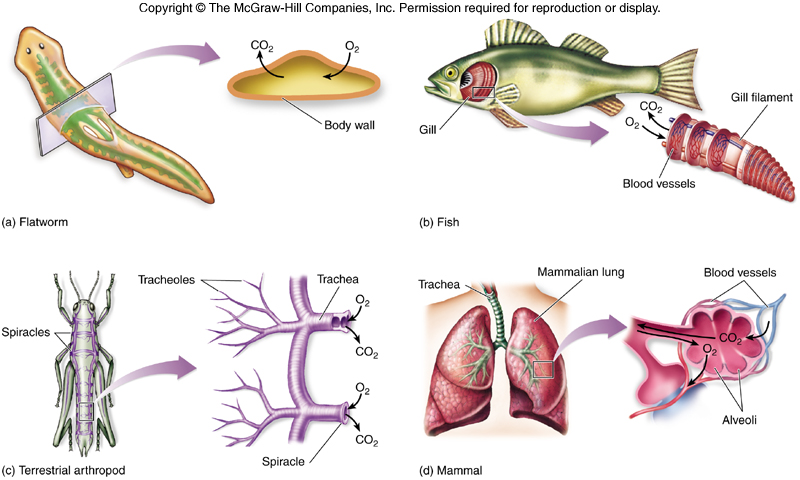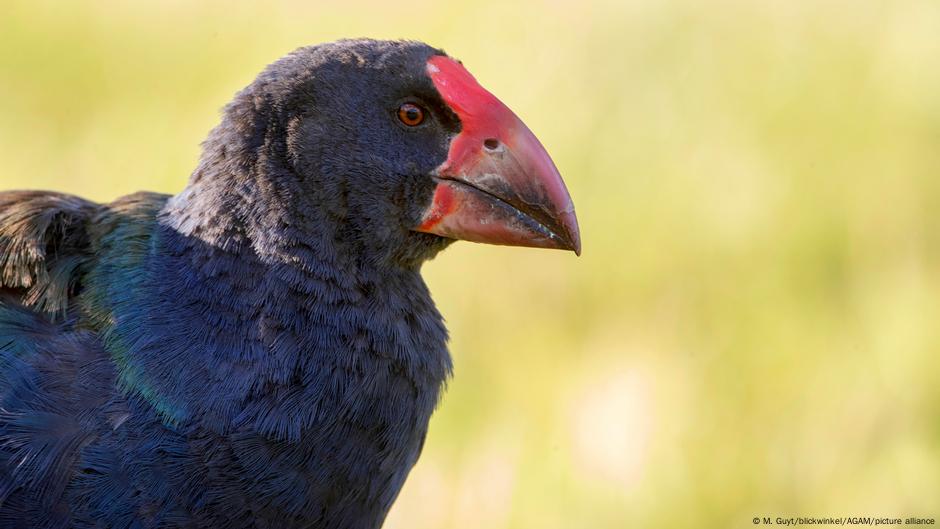Skin breathing or cutaneous gas exchange is an important route of respiration in many aquatic or semiaquatic vertebrates and is particularly well developed in the amphibians. The Mexican axolotl for example never loses its gills. Amphibians breathe with gill.
Amphibians Breathe With Gill, How do amphibians breathe. Tadpoles are frog larvae. Most adult amphibians can breathe both through cutaneous respiration through their skin and buccal pumping though some also retain gills as adults. Amphibians breathe with gill.
 Green Iguanas Fighting Green Iguana Iguana Animals From pinterest.com
Green Iguanas Fighting Green Iguana Iguana Animals From pinterest.com
Insects spiders snails slugs and earthworms form the main part of the diet of most adult amphibians. As they grow up they usually become terrestrial creatures. Read more Fun Facts General 16 Salamanders in Virginia With Pictures. A few amphibians dont bother with lungs and instead absorb oxygen through their skin.
Most amphibians breathe through lungs and their skin.
Read another article:
Most amphibians breathe with lungs and through their skin. They have tiny openings on the roof of their mouth called external nares that take in different scents directly into their mouths. Most adult amphibians can breathe both through cutaneous respiration through their skin and buccal pumping though some also retain gills as adults. Cutaneous breathing through the skin pulmonary using lungs and branchial using gills. Most amphibians breathe through lungs and their skin.
 Source: pinterest.com
Source: pinterest.com
Amphibians breathe with gill. A majority of the amphibians breathe by means of gills during their tadpole larval stages and by using their lungs skin and buccal cavity lining when they have become adults. They have gills and tails but no legs. Some aquatic salamanders and all tadpoles have gills and can breathe underwater thanks to them. Respiration In Animals Google Search Osmosis Plasma Membrane A Level Biology.
 Source: pinterest.com
Source: pinterest.com
A majority of the amphibians breathe by means of gills during their tadpole larval stages and by using their lungs skin and buccal cavity lining when they have become adults. Larval amphibians breathe primarily through gills. Skin breathing or cutaneous gas exchange is an important route of respiration in many aquatic or semiaquatic vertebrates and is particularly well developed in the amphibians. Most adult amphibians can breathe both through cutaneous respiration through their skin and buccal pumping though some also retain gills as adults. Frog Sunshade By Gill Billington Frog Pictures Frog Cute Wild Animals.
 Source: pinterest.com
Source: pinterest.com
Adult amphibians may retain and use gills lose gills and develop lungs breathe with both gills and lungs or have neither and utlize cutaneous respiration mechansims. Why is a crocodile a reptile and not an amphibian. Like amphibians and thus all breathe with lungs. A majority of the amphibians breathe by means of gills during their tadpole larval stages and by using their lungs skin and buccal cavity lining when they have become adults. Draw And Label Both The External And Internal Anatomy Of The Frog Frog Dissection Anatomy Fish Anatomy.
 Source: pinterest.com
Source: pinterest.com
Cutaneous breathing through the skin pulmonary using lungs and branchial using gills. They can now breathe air on land. Do amphibians breathe with gills. Amphibians breathe with gill. Pin On Bali.
 Source: br.pinterest.com
Source: br.pinterest.com
They can now breathe air on land. Most amphibians breathe through lungs and their skin. Amphibians breathe with gill. Additional oxygen is absorbed through the skin in most species. Tutorial Juntando Um Crocodilo Com Um Sapo No Photoshop Photoshopped Animals Photoshop Tutorial Manipulation Photoshop.
 Source: pinterest.com
Source: pinterest.com
In these aquatic life stages amphibians also develop the ability to breathe through cutaneous breathing which is breathing through the skin to help ensure their survival. Tadpoles and some aquatic amphibians have gills like fish that they use to breathe. They have gills and tails but no legs. The Mexican axolotl for example never loses its gills. Green Iguanas Fighting Green Iguana Iguana Animals.
 Source: pinterest.com
Source: pinterest.com
Their skin has to stay wet in order for them to absorb oxygen so they secrete mucous to keep their skin moist If they get too dry they cannot breathe and will die. As they grow to adulthood amphibians normally become land-dwelling creatures lose their gills and develop lungs for breathing. Most amphibians breathe with lungs and through their skin. Skin breathing or cutaneous gas exchange is an important route of respiration in many aquatic or semiaquatic vertebrates and is particularly well developed in the amphibians. How The Diving Bell Spider Uses Physics To Breathe Underwater Funny Animal Facts Spider Animal Facts.
 Source: pinterest.com
Source: pinterest.com
Do Amphibians Breathe With Lungs Or Gills. The larval stage bears gills and dissolved oxygen from water is taken up by these frog gills. Amphibians were the first vertebrates to appear on land. Do amphibians breathe with lungs or gills. Triton2 Scuba Diving Mask Breathing Underwater Mask.
 Source: ar.pinterest.com
Source: ar.pinterest.com
Most amphibians breathe through lungs and their skin. Some aquatic salamanders and all tadpoles have gills and can breathe underwater thanks to them. When a fish gulps in water the gill flaps close to stop water from spilling out. They have tiny openings on the roof of their mouth called external nares that take in different scents directly into their mouths. Diving Spoder Wtf Fun Facts Wow Facts Weird Facts.
 Source: es.pinterest.com
Source: es.pinterest.com
When do amphibians use gills to breathe. Tadpoles are frog larvae. Most amphibians breathe through lungs and their skin. Oxygen and carbon dioxide dissolve in water and most fishes exchange dissolved oxygen and carbon dioxide in water by means of the gills. Mother Of Spider Animals Underwater Spider.
 Source: de.pinterest.com
Source: de.pinterest.com
Most amphibians breathe through lungs and their skin. Some aquatic salamanders and all tadpoles have gills and can breathe underwater thanks to them. As these animals go through metamorphosis and develop from larvae to full-grown animals some might lose the gills which leads to them not being able to breathe. They can now breathe air on land. Olivia Lemonech Gill Where My Wellies Take Me Printing Etching Creates Natural Grainy Textures Drypoint Etching Fish Drawings Sketchbook Art Journal.
 Source: pinterest.com
Source: pinterest.com
Do amphibians breathe with lungs or gills. As they grow their gills disappear and lungs take place. Amphibians breathe with gill. In some species mucous glands also produce toxins which help protect the amphibians from predators. Frog Color Pages For Children Frog Coloring Pages Animal Coloring Pages Red Eyed Tree Frog.
 Source: pinterest.com
Source: pinterest.com
No because adult amphibians is breathe from lungs and young amphibian breathe through gills bymagnojhon christopher. How do frogs breathe without a diaphragm. They have gills and tails but no legs. Larval amphibians breathe primarily through gills. Salamander Facts Salamander Life Cycles.
 Source: pinterest.com
Source: pinterest.com
There are a few amphibians that. Although their lungs are underdeveloped unlike humans these amphibians choose pulmonary respiration to breathe when they become extremely active. They can now breathe air on land. When in a larval stage all aquatic and terrestrial amphibians breathe underwater for example frogs toads and salamanders. Mudskippers Weird Animals Animals Beautiful Animals.
 Source: pinterest.com
Source: pinterest.com
Amphibians breathe with gill. Most amphibians breathe with lungs and through their skin. When do amphibians use gills to breathe. Do amphibians breathe air. The Resting Place By Angi Wallace On 500px Whites Tree Frog Frog Tree Frogs.







